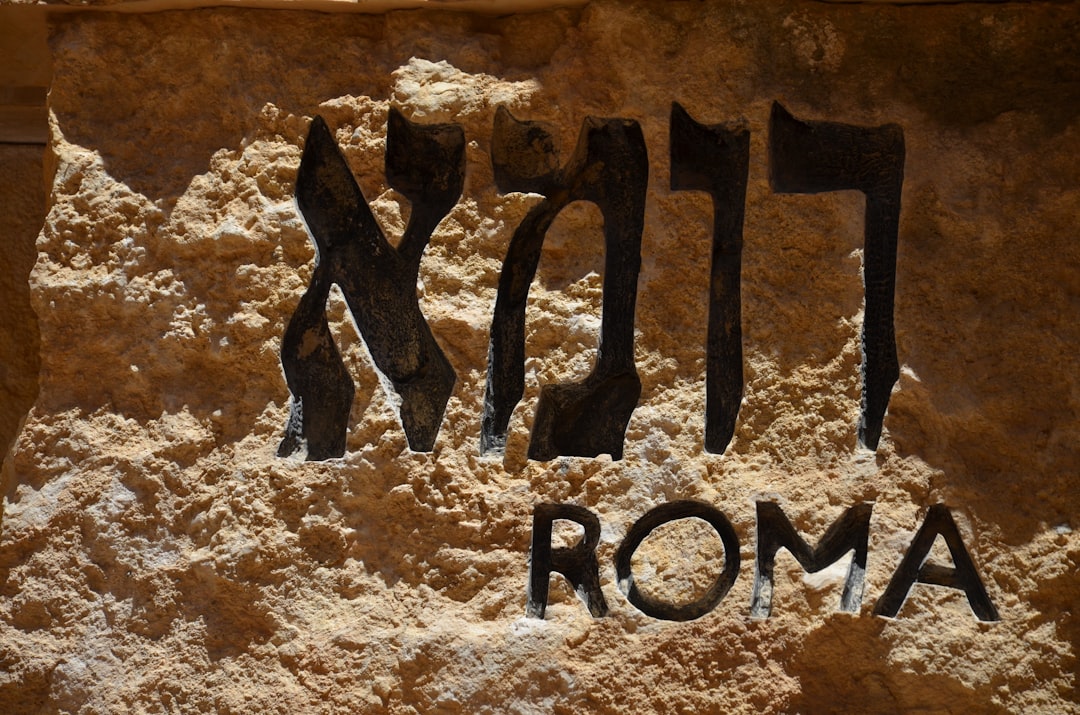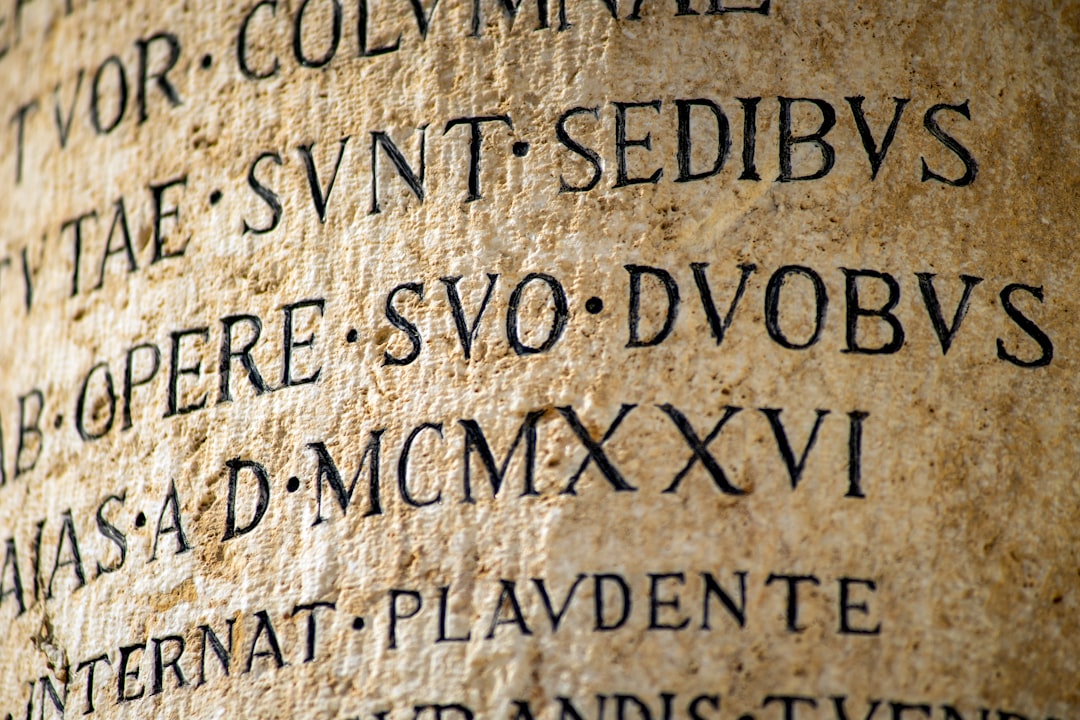Roman numerals have fascinated scholars, historians, and puzzle enthusiasts for centuries. Their use in clocks, books, and monuments gives them a timeless appeal. But beyond their historical significance lies a modern intrigue—one that blends numeric reasoning with cryptographic curiosity. One such curiosity is the riddle: What Roman numerals multiply to 35? This seemingly simple question often appears as part of password puzzles or escape-room challenges. At first glance, it may resemble a math puzzle, but a closer look reveals a more complex and engaging riddle, highly dependent on interpretation, logic, and a familiarity with how Roman numerals function.
Understanding Roman Numerals
Before delving into the riddle itself, it’s essential to review how Roman numerals work. The Roman numeral system uses combinations of the following letters and their associated values:
- I = 1
- V = 5
- X = 10
- L = 50
- C = 100
- D = 500
- M = 1000
Unlike our modern decimal system, Roman numerals do not use place values. Instead, they rely on combinations and rules such as subtraction (e.g., IV = 4) and addition (e.g., VI = 6). This makes operations like multiplication less straightforward.
Multiplying Roman Numerals
One important fact to consider is that Roman numerals are symbols representing values—they are not intrinsically operative. This means you must first convert Roman numerals into Arabic numerals to perform any arithmetic operations. Let’s look at 35 and list its possible factorizations:
- 1 × 35
- 5 × 7
From these, we can start looking for Roman numeral equivalents:
- 1 = I
- 5 = V
- 7 = VII
- 35 = XXXV
Interestingly, only the combination V × VII yields 35. Here’s how:
V represents 5 and VII represents 7. Multiply these together, and you get 35.
Roman Numerals as Password Clues
Now that we’ve uncovered the multiplication that results in 35, there’s more to this riddle. It’s often part of a password challenge, especially in digital games or escape room challenges that require lateral thinking. The key isn’t just the arithmetic—it’s recognizing Roman numerals as clues to a word-based solution.
In such puzzles, you may encounter phrasing like: “What Roman numerals multiply to 35?” In this context, the numbers themselves may need to be interpreted as individual letters. For example:
- V × VII = 5 × 7 = 35
But when written together as V and VII, these may appear in a password as “VVII” or separately as two elements—perhaps to be used in a formula or to form part of a code.
This type of clue is about pattern recognition. But sometimes, riddles obscure numeric clarity for verbal tricks. For instance, the number 35 can also be represented as the Roman numeral XXXV, but there’s no way to multiply other Roman numerals to reach XXXV in Roman format directly without converting to Arabic first.

Common Misinterpretations
One common pitfall is trying to interpret Roman numerals using multiplication rules directly without converting them to Arabic numerals. Since Roman numerals weren’t traditionally used for multiplication this way, the format of the question is inherently modern and plays on symbolic interpretation. Here are a few traps solvers fall into:
- Combining letters instead of values: Trying to compute “V × VII” as a direct Roman numeral multiplication rather than interpreting their values first.
- Overcomplicating the question: Imagining there’s a deeply encoded cipher when the answer is simply numerical.
- Ignoring Roman numeral limitations: Not all combinations can be formed through valid Roman numerals. For example, there’s no Roman numeral for 0 or any representation of negative numbers.
As such, the question is trickier than it may seem. It engages both mathematical reasoning and symbolic insight—qualities that make it effective as part of a password or entrance puzzle.
Why This Riddle Is Common in Password Challenges
Puzzles involving Roman numerals are common in digital games, puzzle books, or logic-based obstacles. This specific riddle—What Roman numerals multiply to 35?—is appealing for several reasons:
- It requires multiple layers of decoding: Understanding Roman numerals, converting them, and knowing how multiplication applies.
- It forces controlled assumptions: You’re led to think of Roman numerals arithmetically when they’re not designed that way.
- It’s ambiguous without the right context: Which makes it harder, and therefore more satisfying, to solve.

Possible Password Derivations
If this riddle is part of a password, the final solution could draw from different interpretations:
- “VVII”: Concatenation of the two Roman factors.
- “V7”: Mixed format, sometimes used due to platform limitations.
- “35”: Simply enter the product since the numeric understanding is implied.
Depending on the design of the puzzle, any of these could be the intended solution. Hence, it’s important to try alternative formats when dealing with challenging prompts that don’t specify an exact answer type.
Other Numbers You Could Be Asked About
The idea of Roman numerals used in multiplication-related riddles doesn’t stop with 35. You might encounter similar puzzles for numbers like:
- 12: II × VI or III × IV
- 20: IV × V
- 50: V × X
In each case, converting the Roman numerals to Arabic and then finding valid factorizations remains the key. As with the 35 riddle, the solution lies in a mix of logic, basic arithmetic, and proper symbol alignment.
Final Thoughts
In conclusion, the riddle “What Roman numerals multiply to 35?” calls for an understanding that goes beyond traditional math. It demands you step into the realm of symbolic logic, where historic notation meets modern game design. By understanding that V (5) times VII (7) equals 35, you unlock the riddle’s core. Whether used as a straightforward number puzzle or as part of a password challenge, this question demonstrates how ancient concepts can still challenge our modern intellect.
So next time you encounter a password field with a hint involving Roman numerals, remember: context is crucial, multiplication is symbolic, and the past still holds the clues to solving present-day puzzles.


